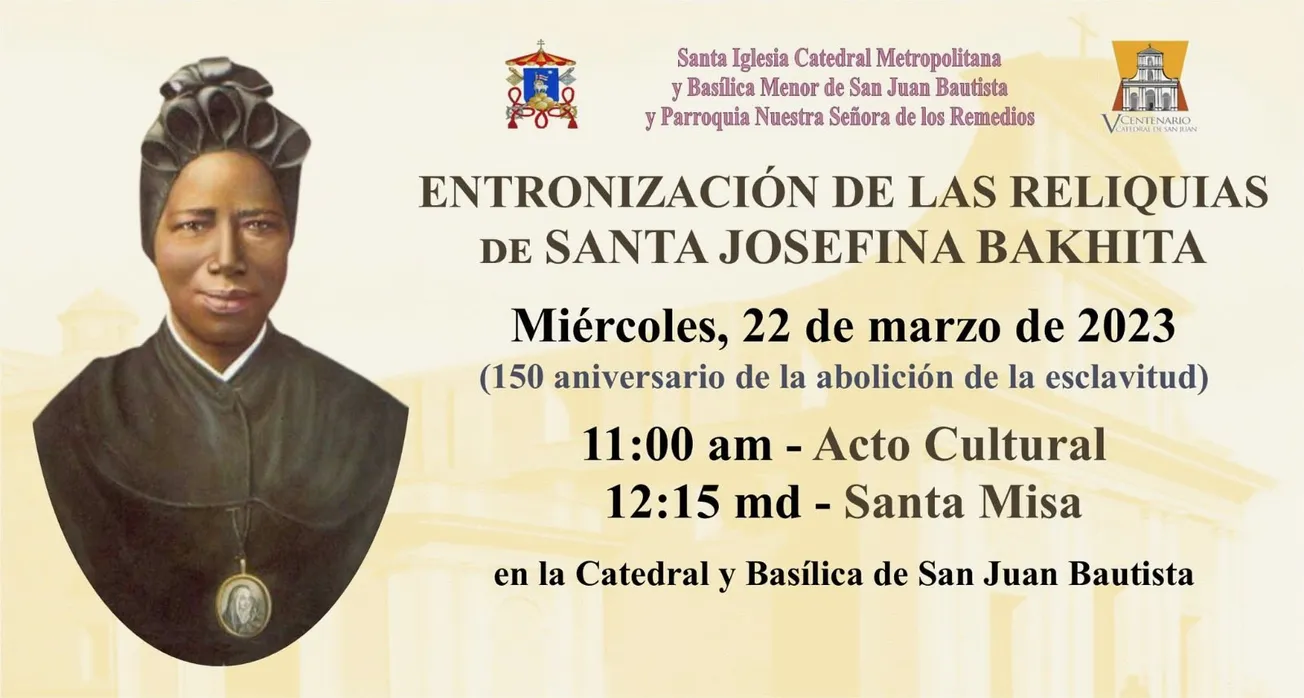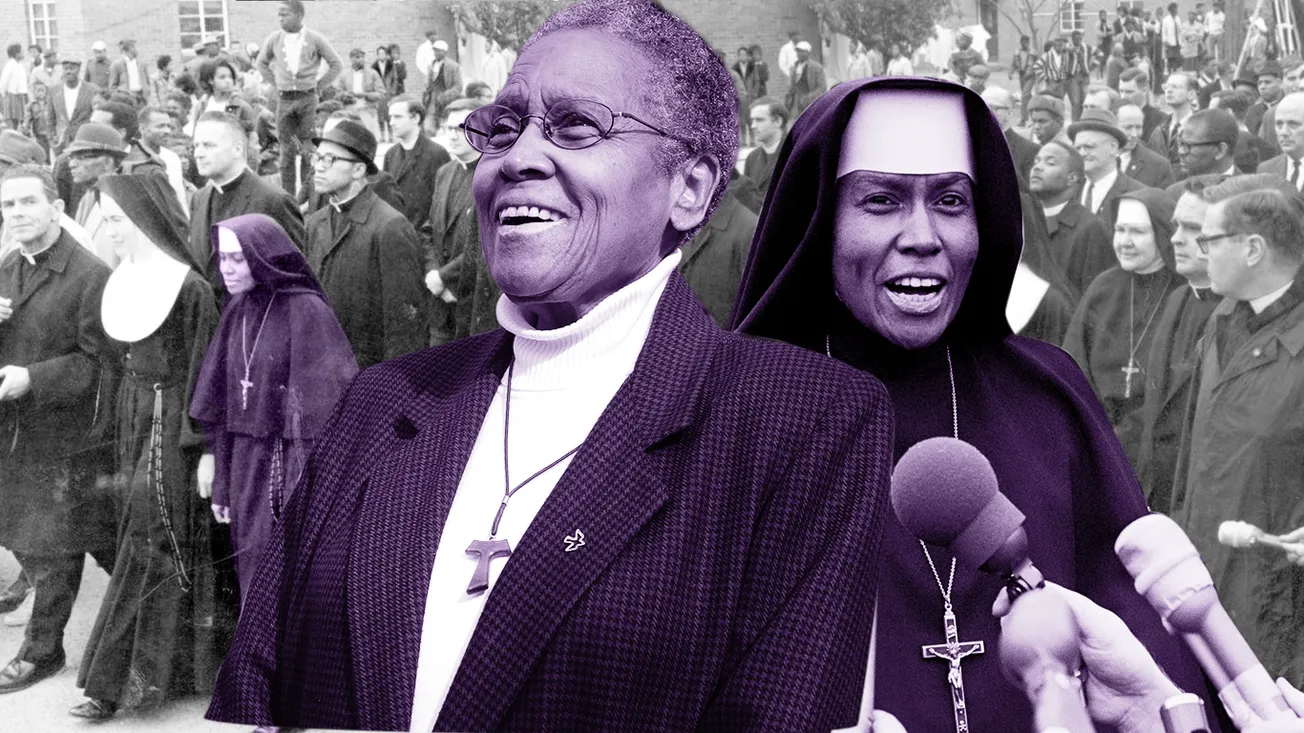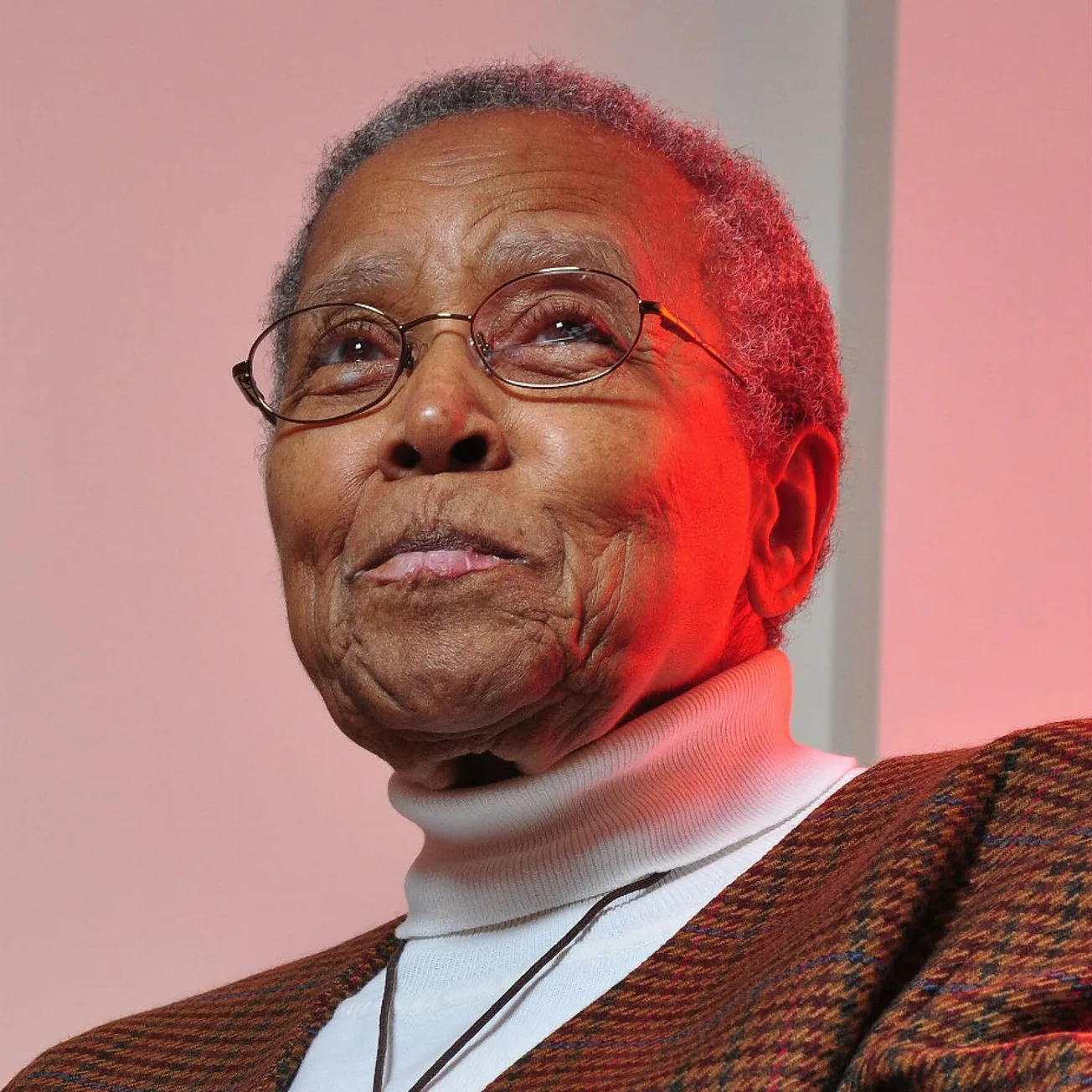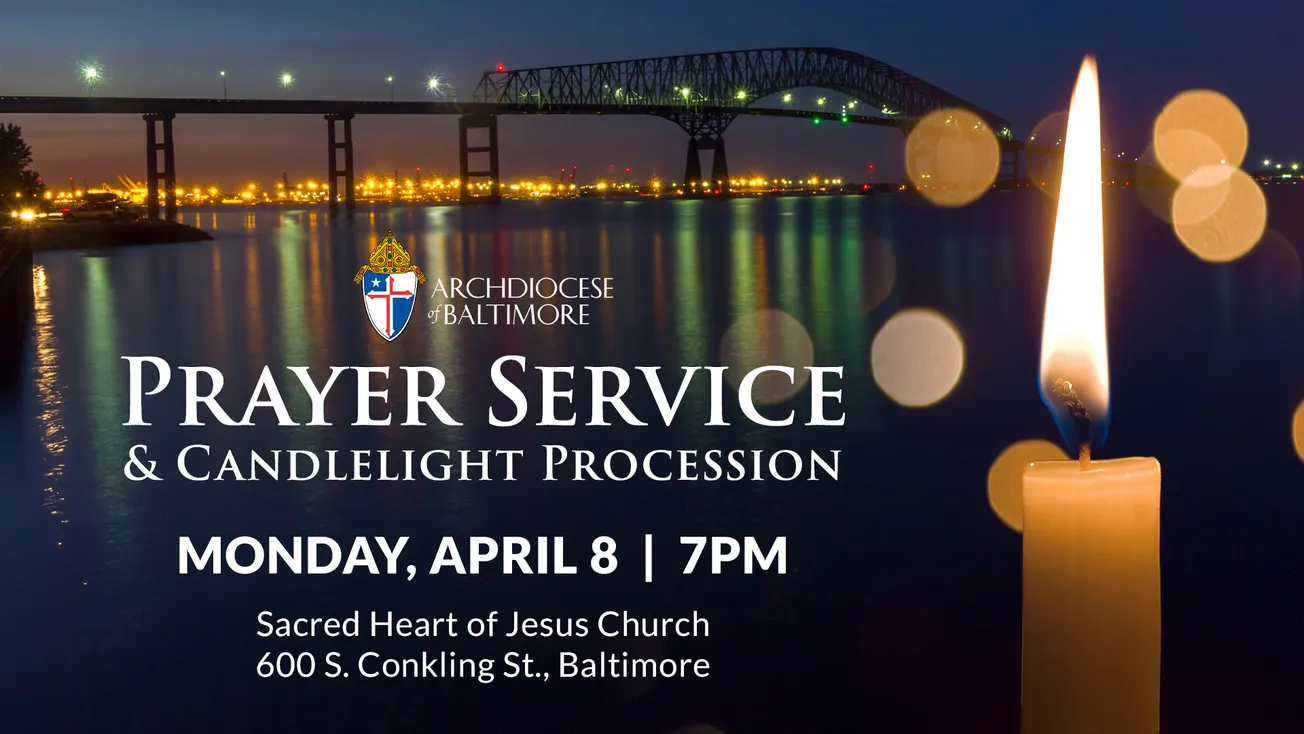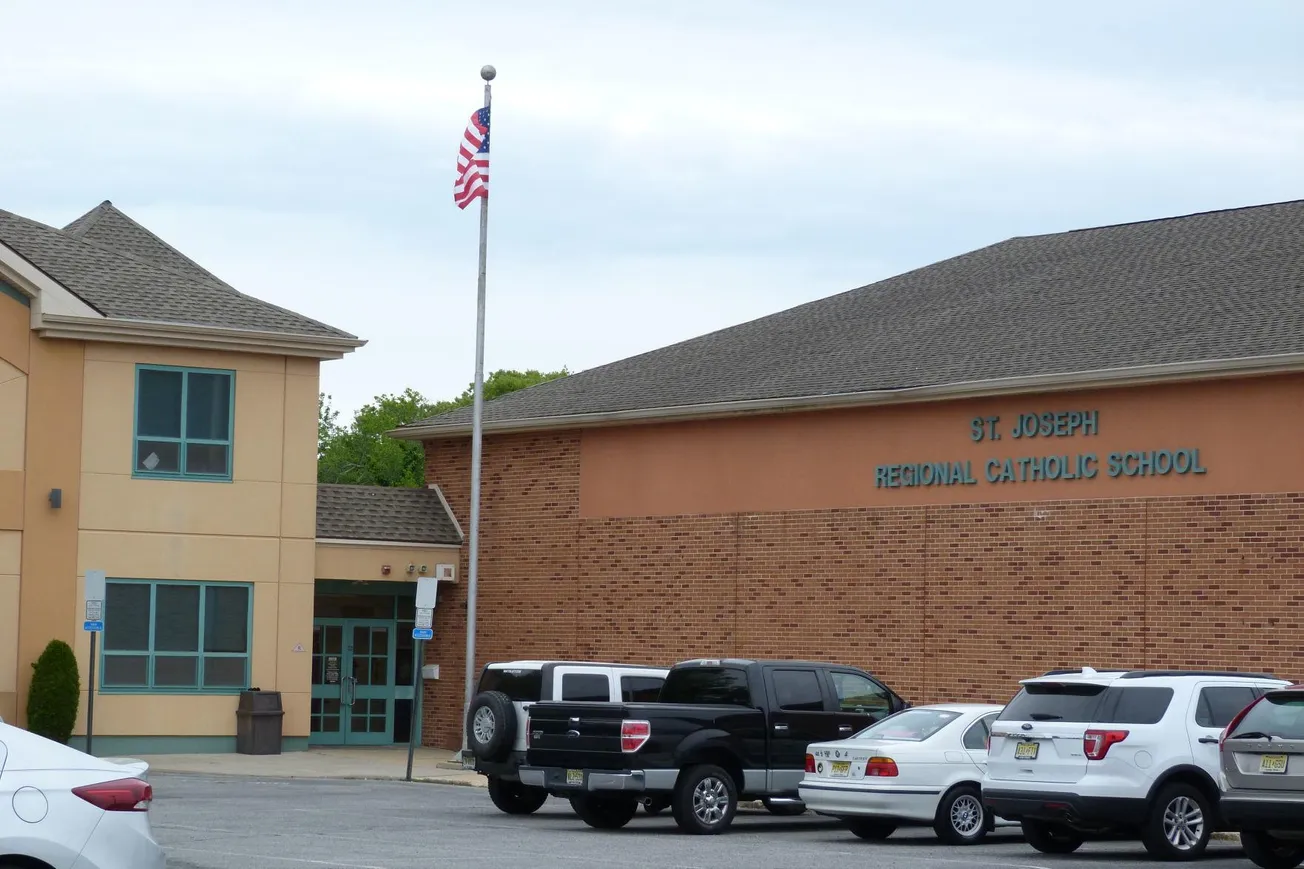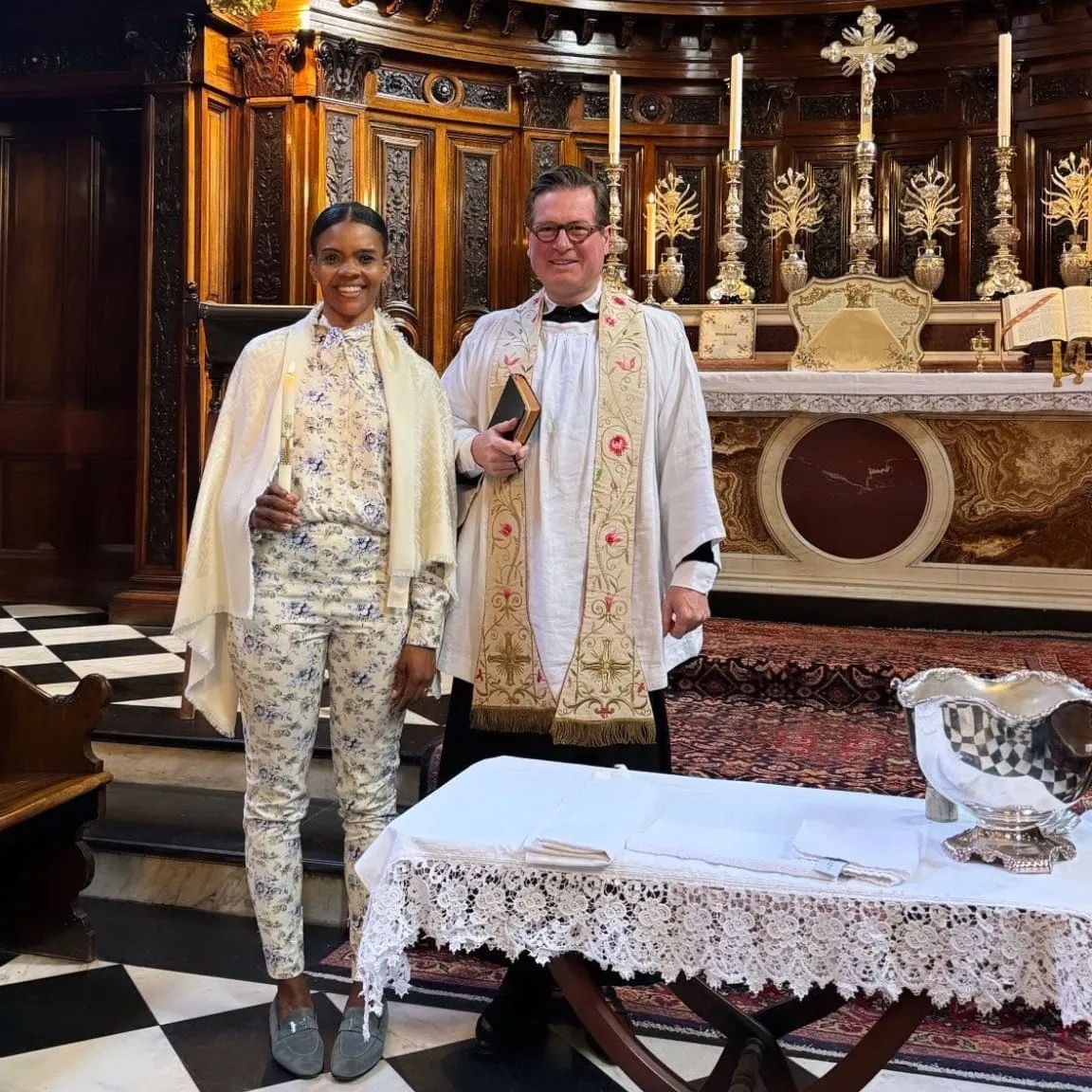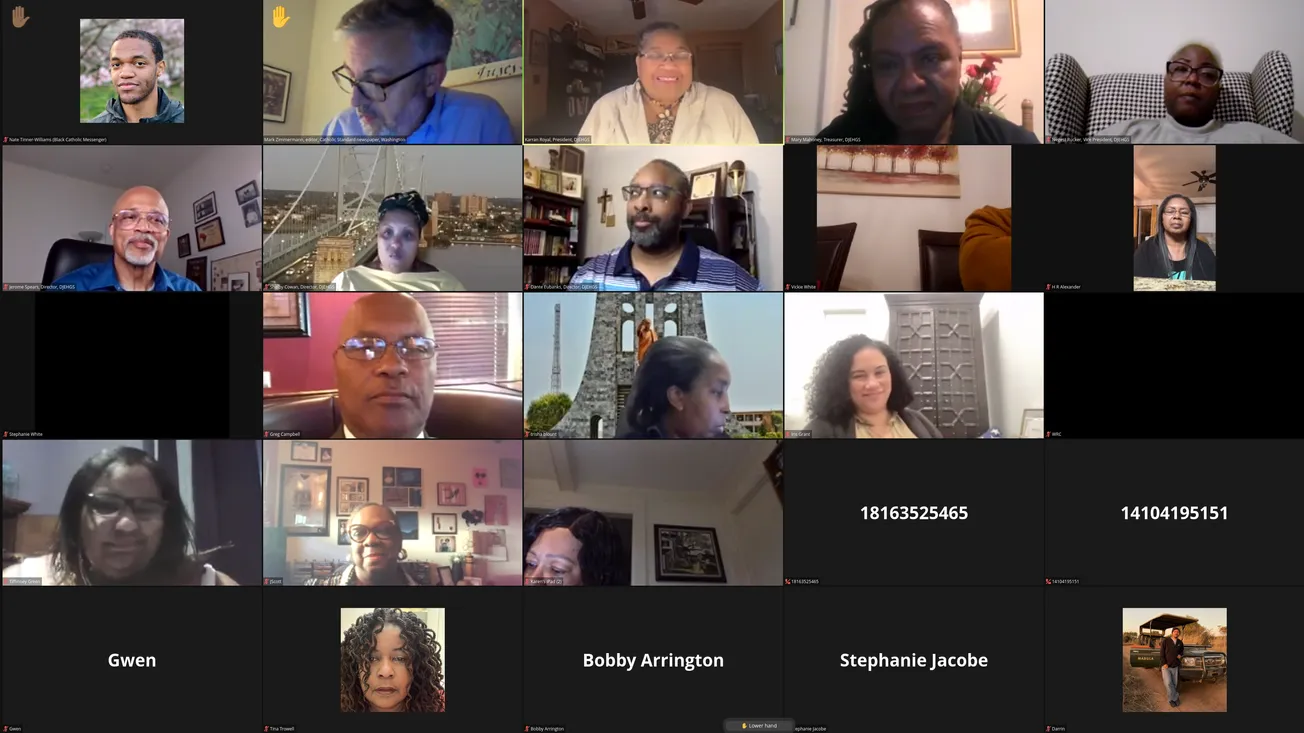Relics of St. Josephina Bakhita will be installed this week in the Cathedral Basilica of San Juan in the capital city of Puerto Rico, the local archdiocese has announced. This adds to a previous plan to install an icon of the Sudanese Catholic saint to commemorate the 150th anniversary of the abolition of slavery on the island.
The ceremony, consisting of a Mass and enthronement rite, will take place on Wednesday, March 22—celebrated each year as Puerto Rico’s Emancipation Day. It had previously been scheduled for the following Sunday.
“With this gesture, I want to render, in some way, a homage to the slaves who shed their sweat for the construction of this cathedral, and who also shed their blood,” said Archbishop Roberto Gonzales Nieves, OFM of San Juan concerning the upcoming event.
QUEDAN TODOS Y TODAS INVITADOS pic.twitter.com/l85YAdQlB9
— Arzobispo Roberto (@Sucesor58) March 19, 2023
A separate announcement from the archdiocese noted that the event will also serve as make prayerful reparation “for the victims of racism in Puerto Rico and of all new slavery”—the latter being a reference to human trafficking.
Bakhita herself was kidnapped and enslaved by Arab traders in the 19th century, before being sold to an Italian family and later suing for her freedom in 1889. She went on to join the Canossian Sisters and died in 1947. She was canonized in 2000 by Pope John Paul II as the patron of human trafficking survivors—and the first Black woman declared a Catholic saint in the 21st century.
Last fall, the archdiocese first announced the enthronement ceremony, which was to coincide with an extended celebration of the cathedral’s quincentennial beginning in 2021. The cathedral’s Cofradía del Santísimo Cristo de Toda la Nación Puertorriqueña, which has helped organize the ceremony, called it an opportunity to honor the local Black population and “their contribution to the socio-cultural history of our Puerto Rican homeland.”
“Blessings to the entire Afro-Puerto Rican community and to our [archbishop] for this noble and well-deserved recognition to our brothers. It has been a gift from our venerable Mother of Divine Providence and the infusion of the Holy Spirit.”
A more recent notification from the liturgy office of the Archdiocese of San Juan, sent out on March 16, connected the enthronement ceremony and abolition anniversary to the penitential season of Lent.
Afro-Puerto Ricans are believed to comprise as much as 60% of the island's population, and the history of slavery in Puerto Rico dates back to Portuguese traders first bringing enslaved persons to the island in 1513. This likely constituted some of the first African contact with what would become the United States—predating Jamestown by more than a century.
The Spanish colonist Juan Ponce de León, who landed along the Southeastern coastline of the mainland U.S. in 1513, had been responsible for conquering Puerto Rico five years earlier with the help of the free Black conquistador Juan Garrido and oversaw the island's plantation economy as its first governor.
Ponce de León’s tomb is housed in the same cathedral where Bakhita’s likeness will soon be displayed, with an icon designed by the cathedral’s deacon, Roberto González Rosado (also known as Robert Matos).
Wednesday’s ceremony, where it will be installed, is scheduled to begin at 11am AST, with Mass taking place at 12:15pm.
Nate Tinner-Williams is co-founder and editor of Black Catholic Messenger and a seminarian with the Josephites.


